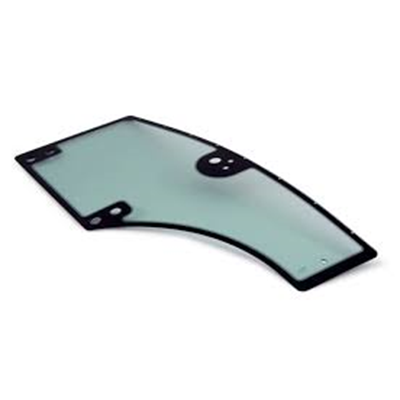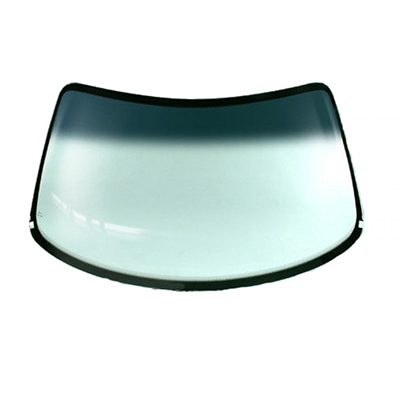-
 0312 397 2970
0312 397 2970  info@aotoglass.com
info@aotoglass.com

Laminated windshield is not only a must but also a default component of cars, buses and trucks that are driven in traffic, in terms of drive safety. This product is also used in vehicles with low speeds like heavy construction equipment, tractor, etc. The laminated windshields are also widely-used in rail vehicles and vessels, yet subjected different standards than the automotive industry.

Laminated glasses are also placed in various points of the passenger vehicles along with the windshields, thanks to its functions like safety, security and acoustic insulation. They are also used in heavy construction equipment and tractor cabins.

The recent tendency in automotive glasses is on increasing the glass surface areas. Therefore, the solar rays lead to a negative impact on in-vehicle comfort, particularly in the summer months. Thanks to this qualified-glass, UV and IR transmittance value is kept low by being reflected, while keeping the legal light transmittance, thus decreasing the temperature felt on the human skin. Additionally, internal temperature of a vehicle, parked under direct solar ray is lowered compared to a vehicle with standard products. Fuel- economy is ensured by improving the air-conditioner performance, while ensuring drive-safety by improving the comfort level. Transmittance of solar energy through the glass is eliminated more up to 35% compared to standard glass, while having the potential to ensure fuel economy up to 3%. They are generally used for windshields and sunroofs.

Bullet-proof glass is generally produced within the thickness range of 7 mm to 75 mm. Shooting at a bullet-proof glass, the bullet will form a hole on the outer layer of the glass, yet preventing the bullet to reach to the final layer by absorbing bullet energy with the laminated layers made of polycarbonate-glass materials.

This is the acoustic-characteristic laminated glass, produced with the use of PVB with high sound insulation between two glasses. Since there is no difference in terms of the safety factors, it can be used in any and all the glasses produced as laminated. Wind noise via air circulation, traffic noise and motor noise, etc. can be minimized with this product. Moreover, it is used in heavy construction equipment, operating under high noise pollution.

Laminated glass is produced by conjoining two or more glass plate via heating and pressure with the help of colored or colorless polyvinyl butyral (PVB) or Ethylene Vinyl Acetate (EVA) layers. It holds the glass parts together when shattered, thus minimizing the risk of injuring. With this feature, it is also defined as laminated safety glass, as well. Laminated glass is the ideal option for it prevents or delays the transmission from one side to another. Lamination is a typical solution for the internal glass of slopped or overhead glazing.

Laminated glass is produced by conjoining two or more glass plate via heating and pressure with the help of colored or colorless polyvinyl butyral (PVB) or Ethylene Vinyl Acetate (EVA) layers. It holds the glass parts together when shattered, thus minimizing the risk of injuring. With this feature, it is also defined as laminated safety glass, as well. Laminated glass is the ideal option for it prevents or delays the transmission from one side to another. Lamination is a typical solution for the internal glass of slopped or overhead glazing.

GLASS TYPES Laminated glass is produced by conjoining two or more glass plate via heating and pressure with the help of colored or colorless polyvinyl butyral (PVB) or Ethylene Vinyl Acetate (EVA) layers. It holds the glass parts together when shattered, thus minimizing the risk of injuring. With this feature, it is also defined as laminated safety glass, as well. Laminated glass is the ideal option for it prevents or delays the transmission from one side to another. Lamination is a typical solution for the internal glass of slopped or overhead glazing.